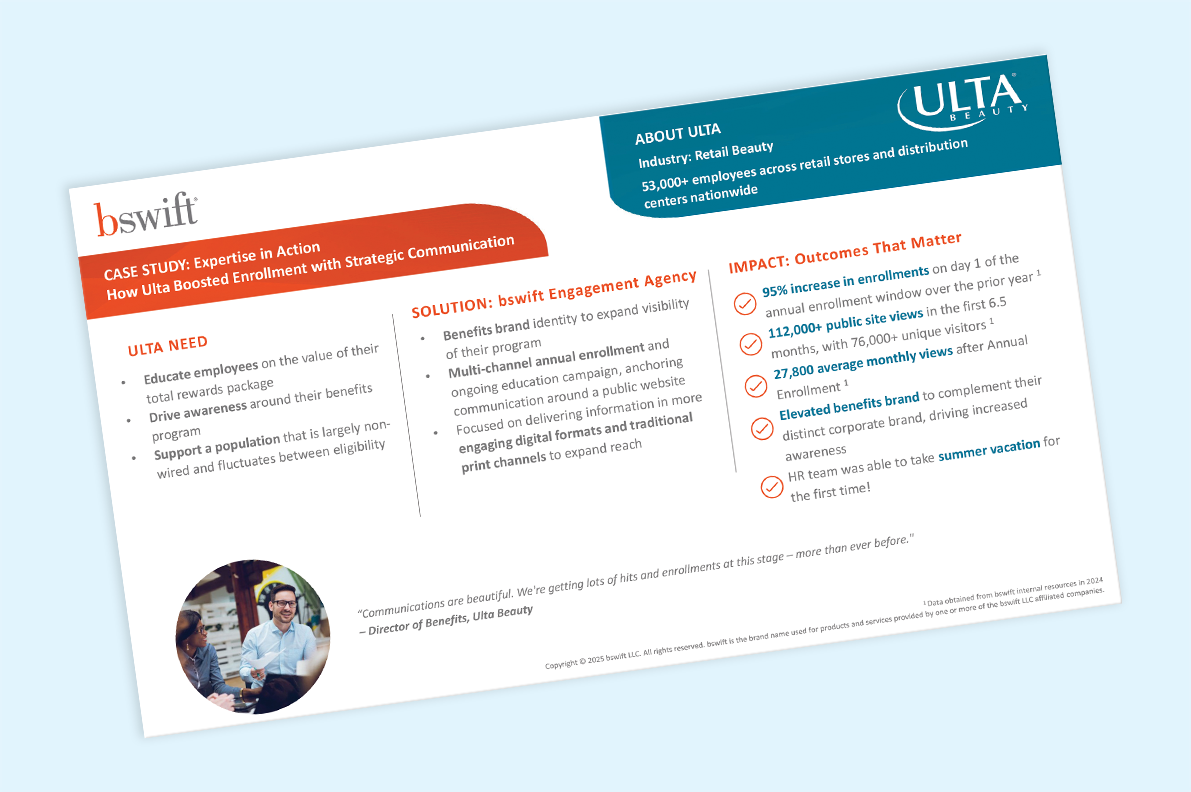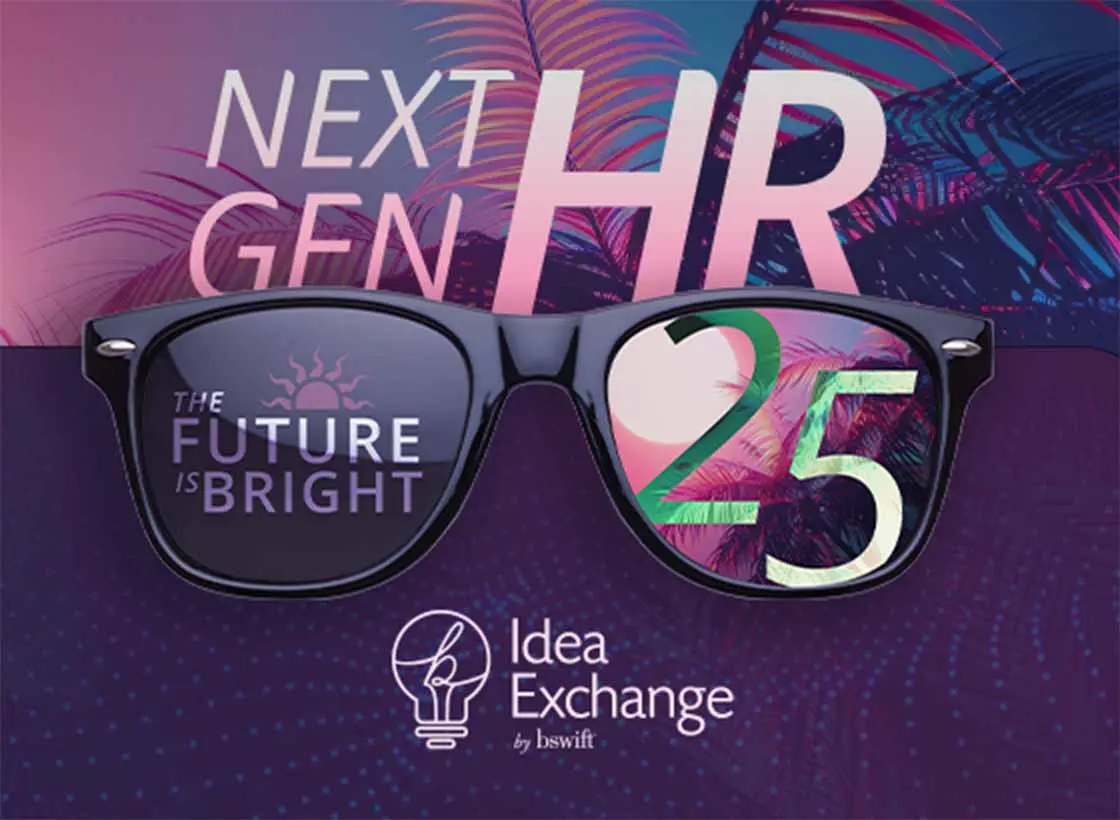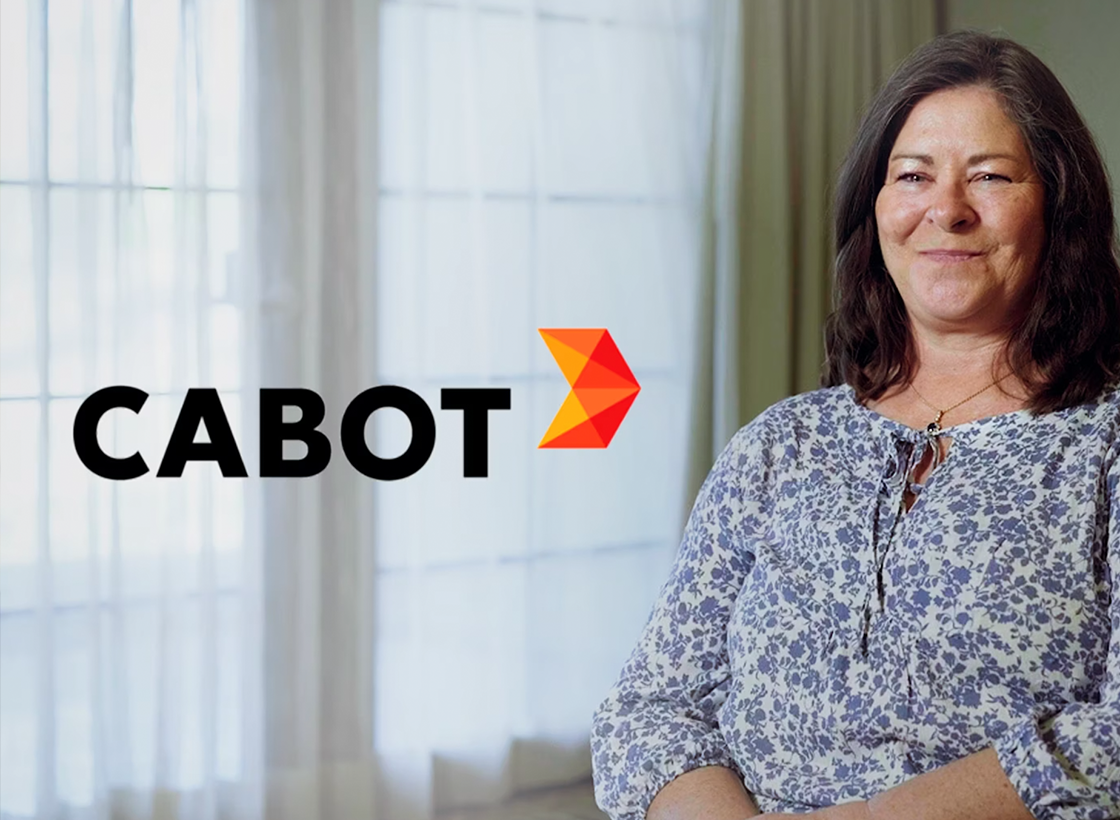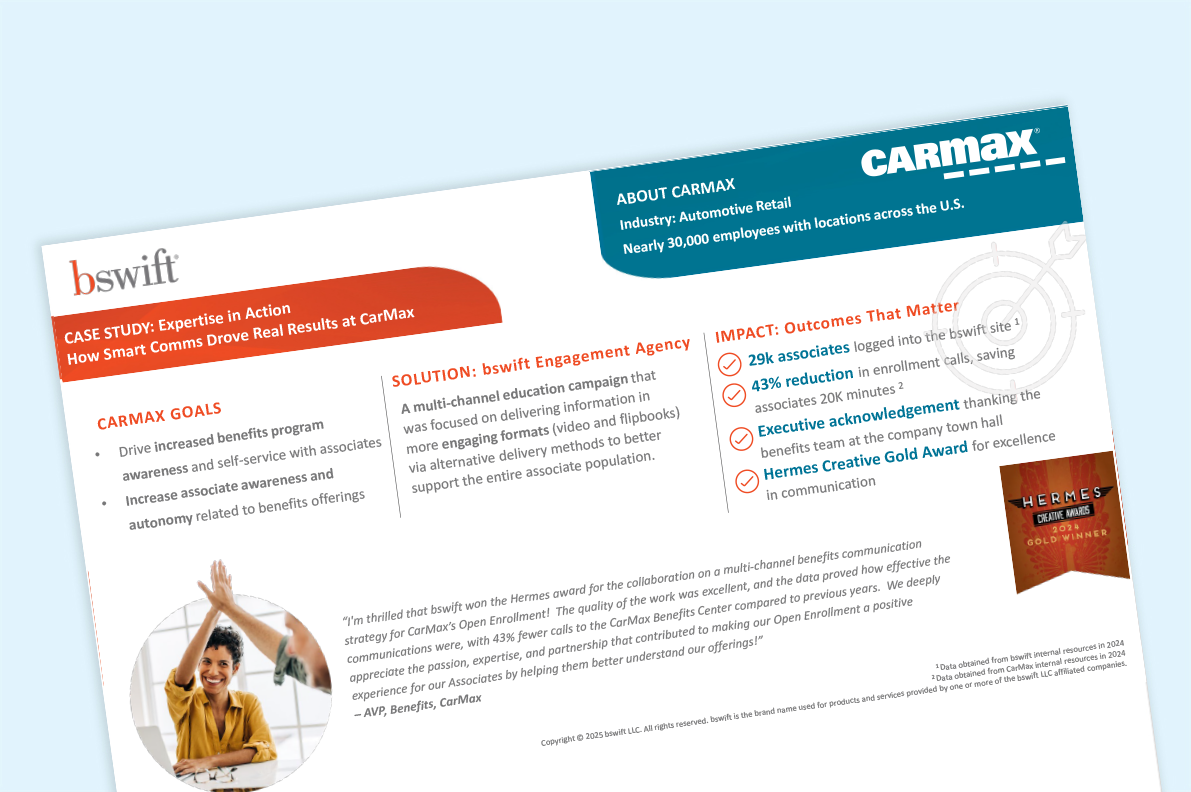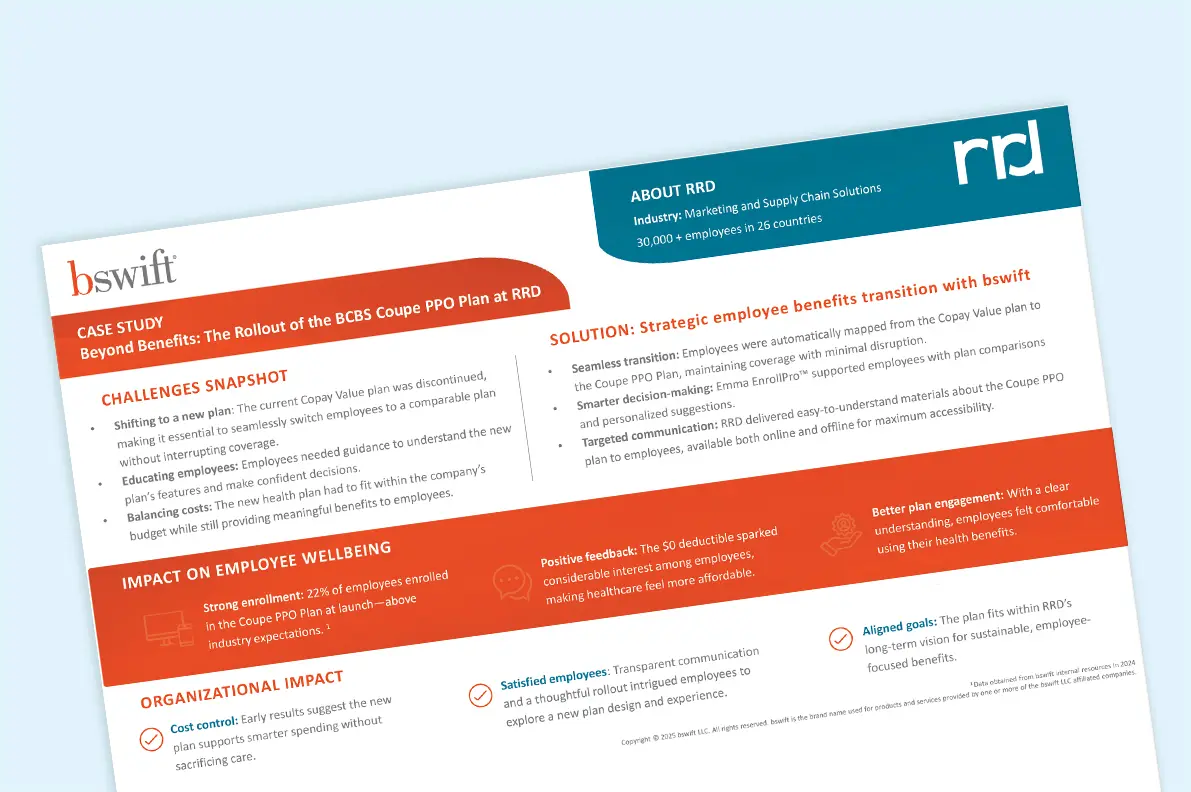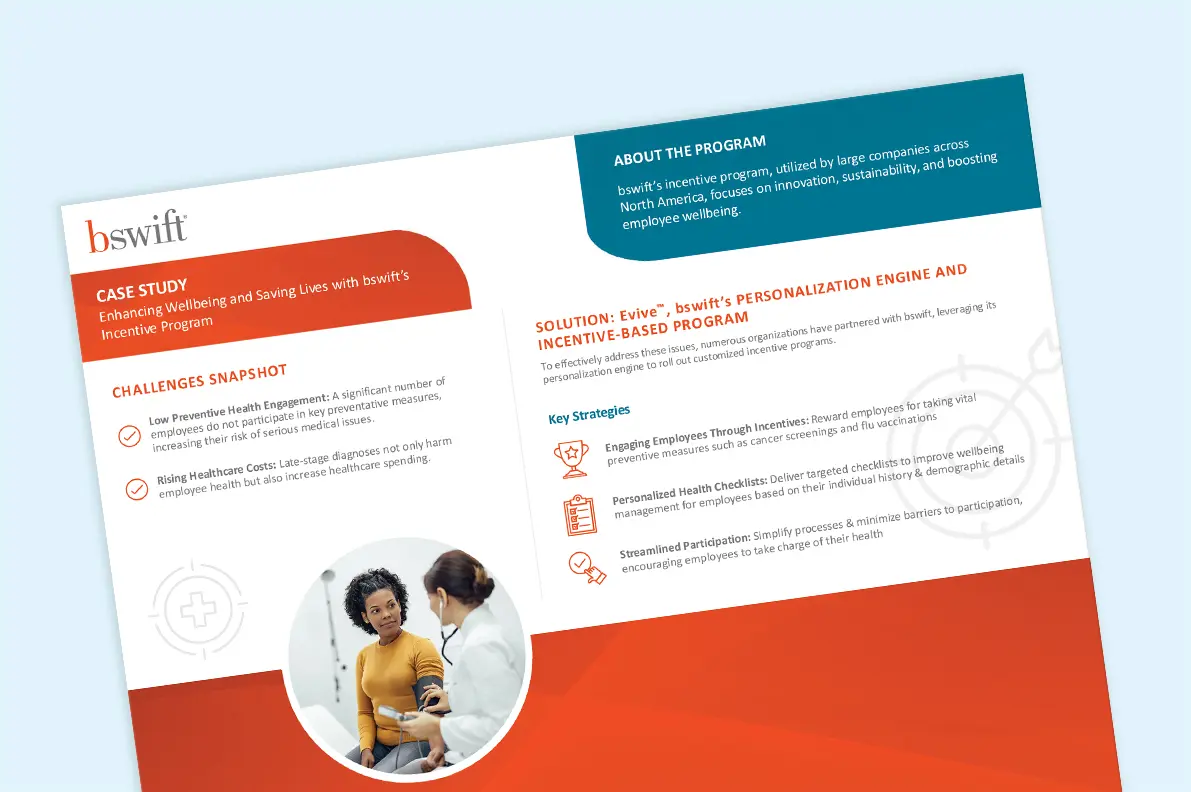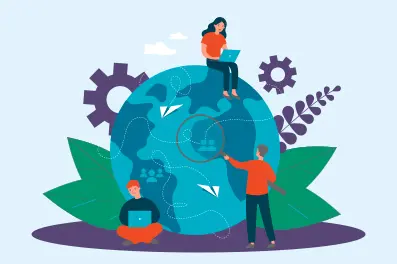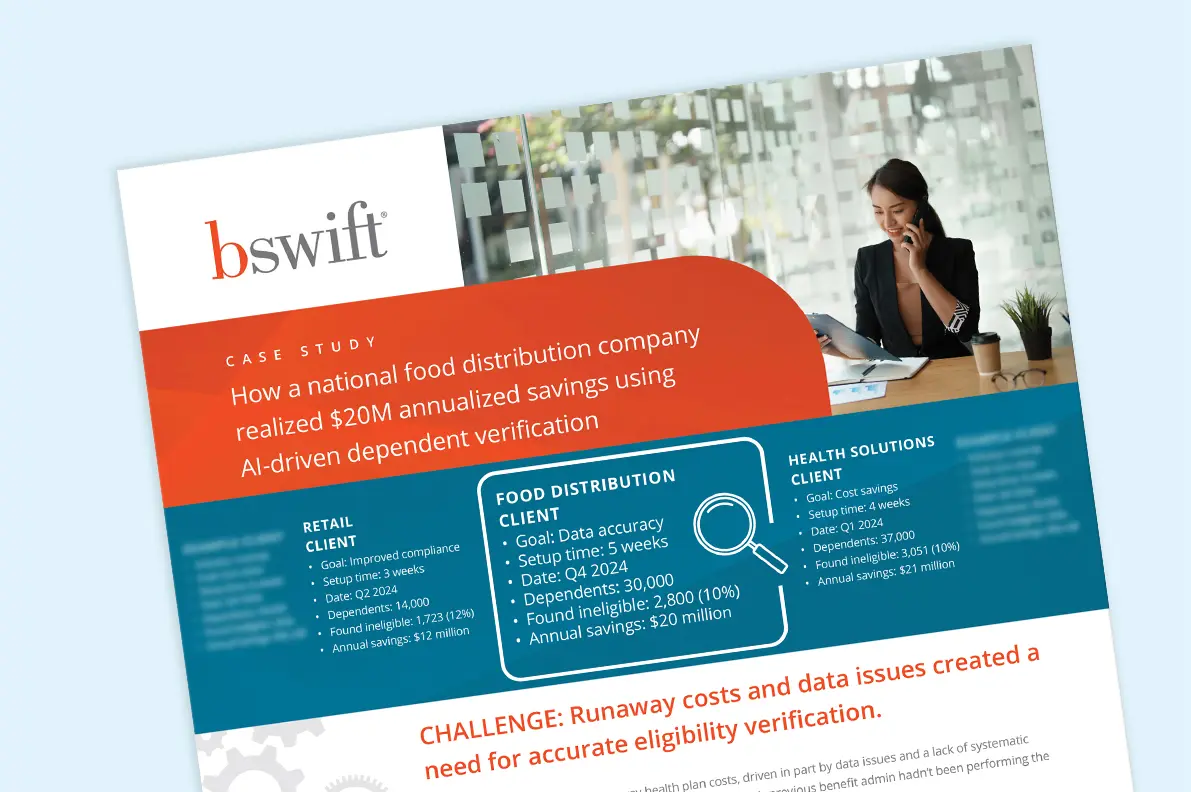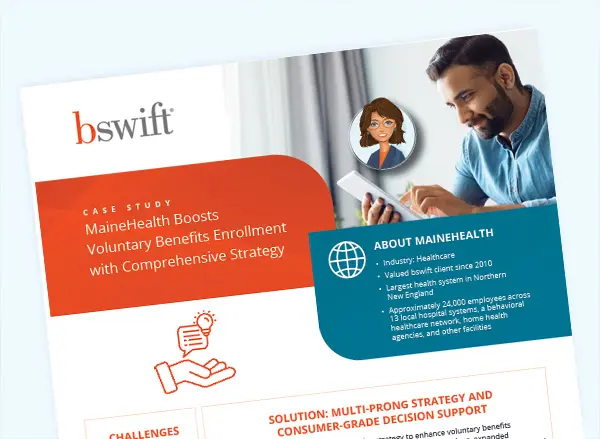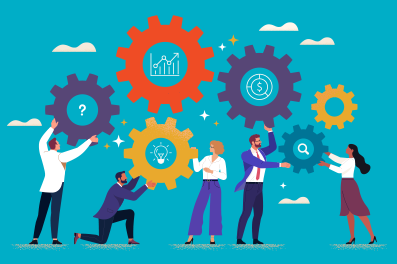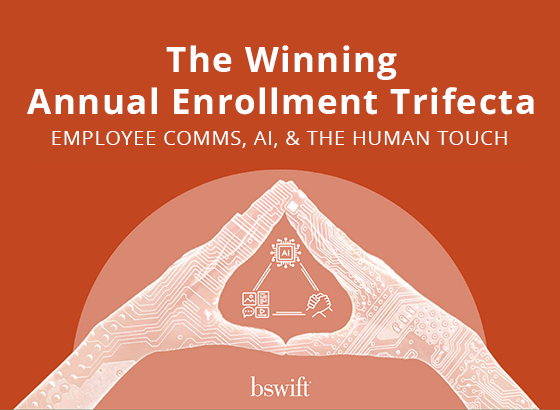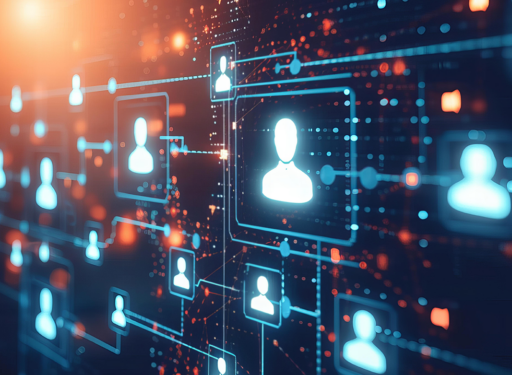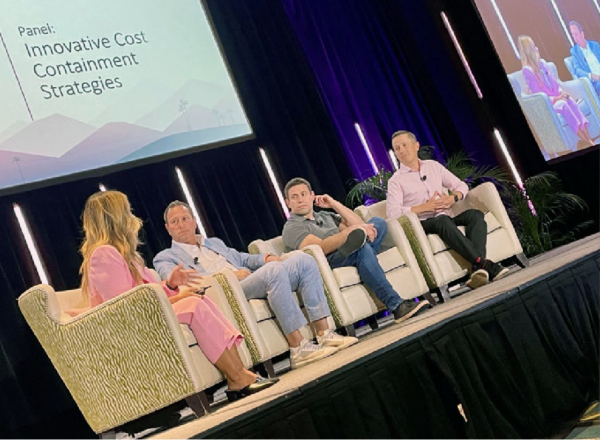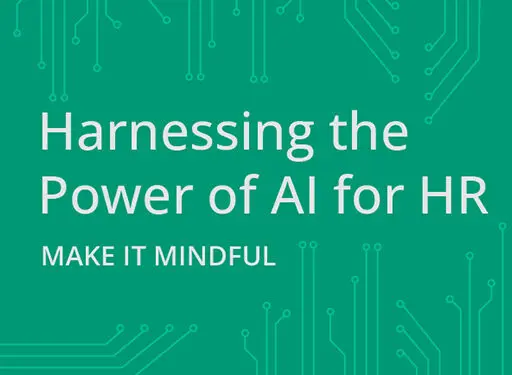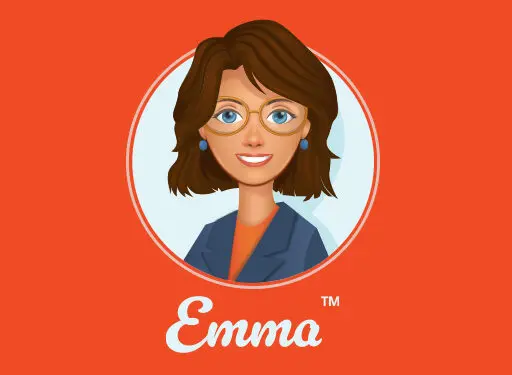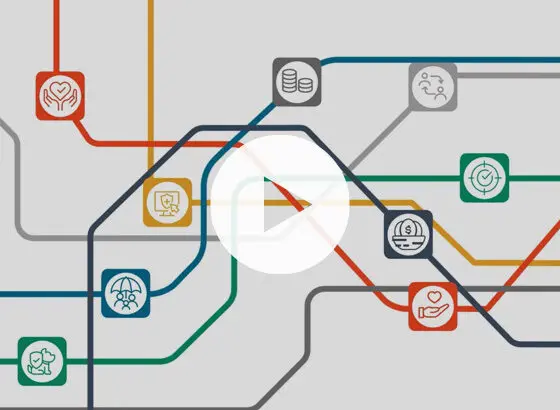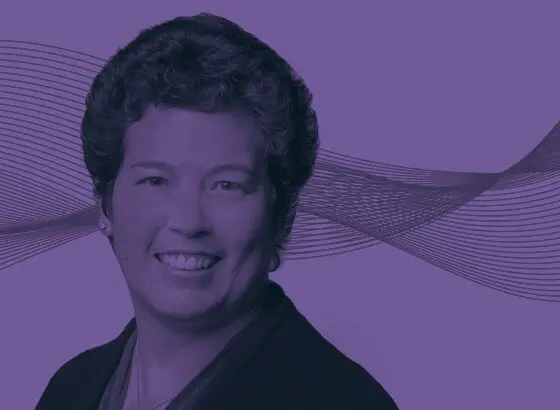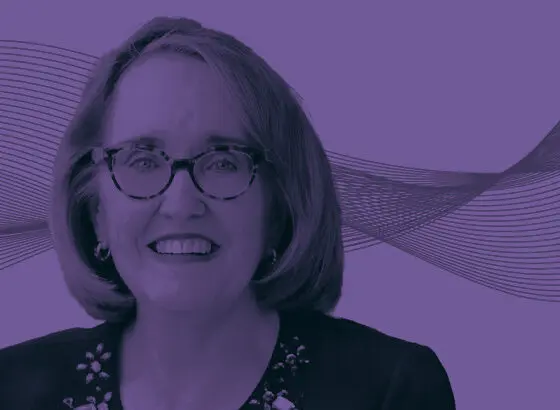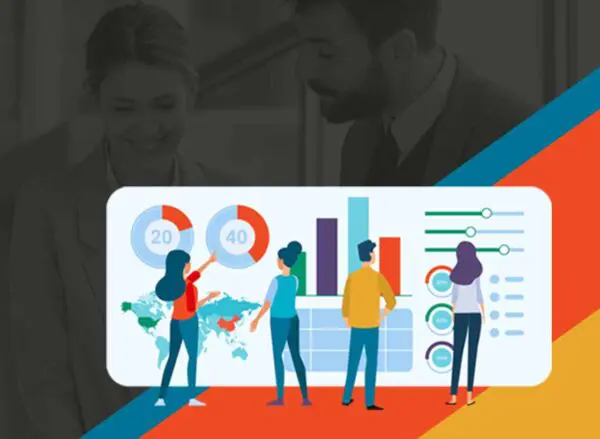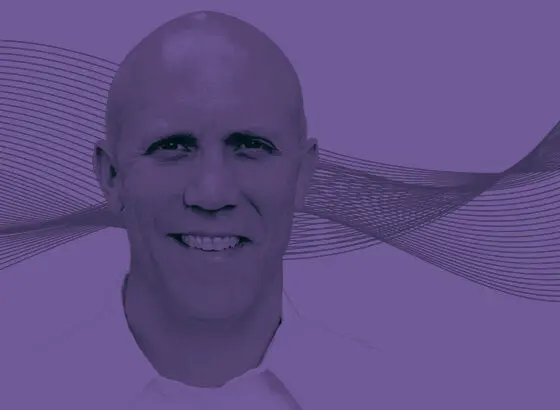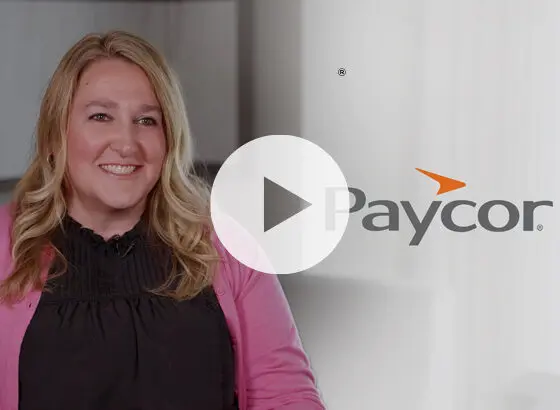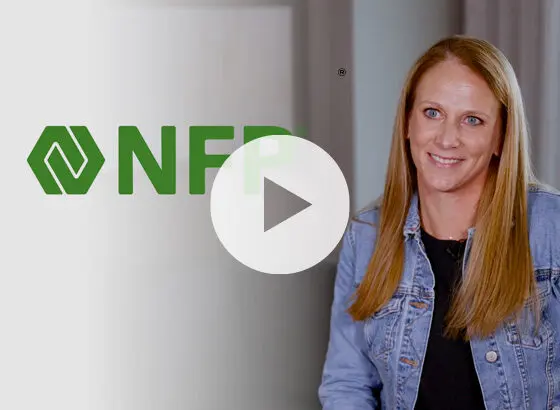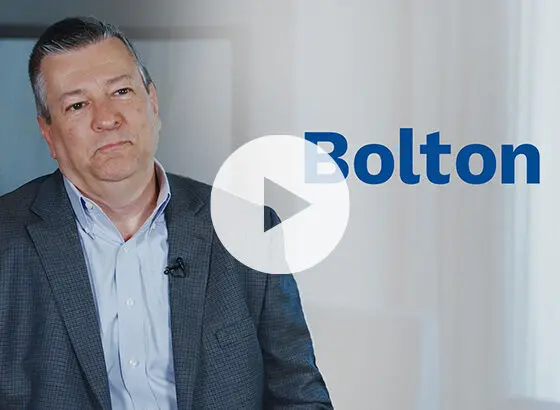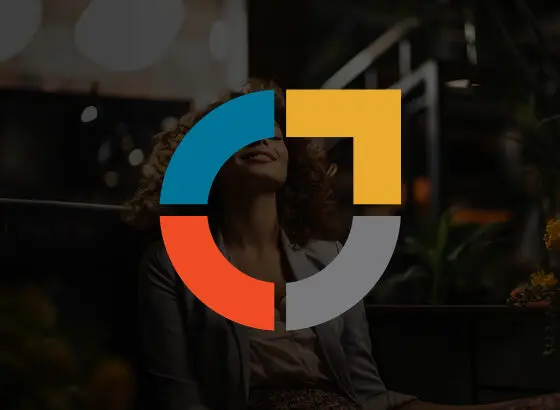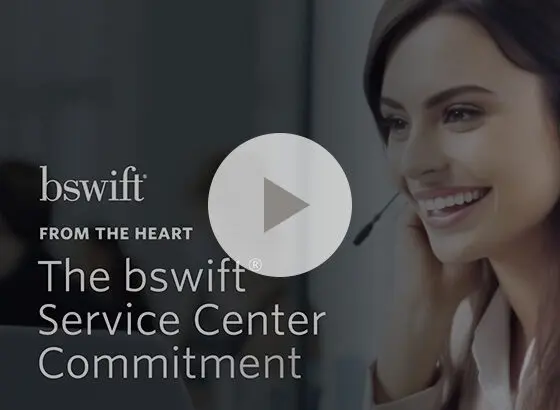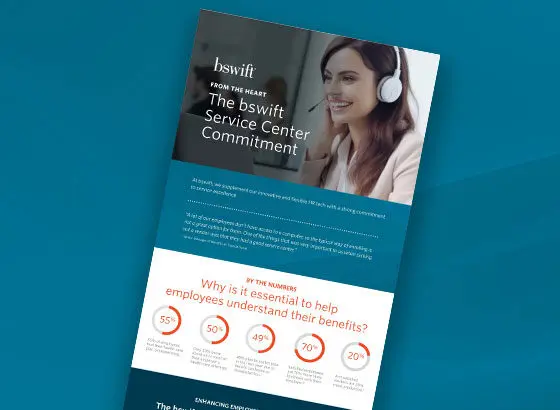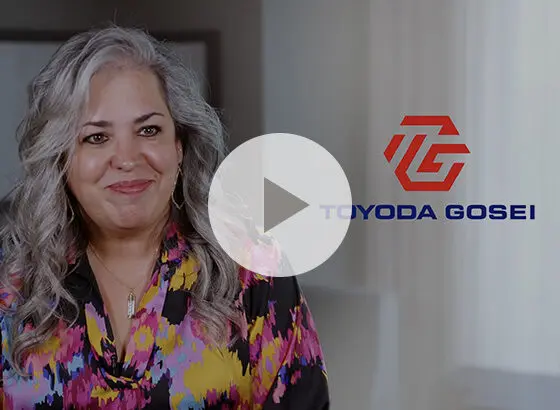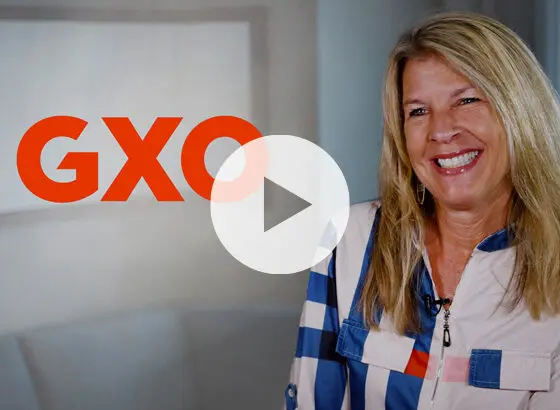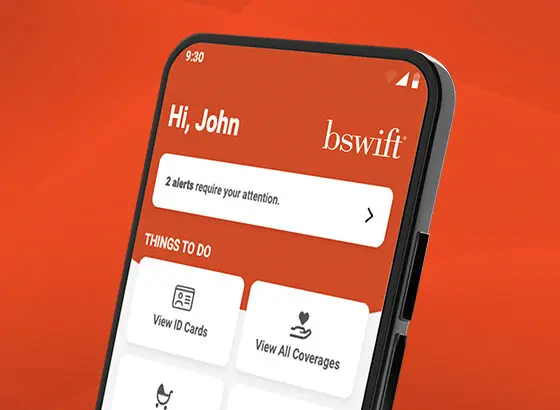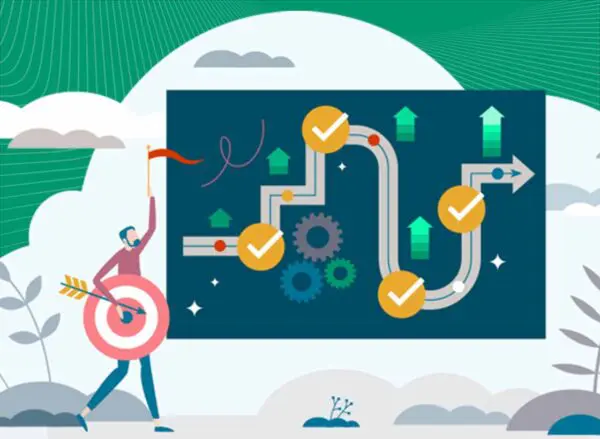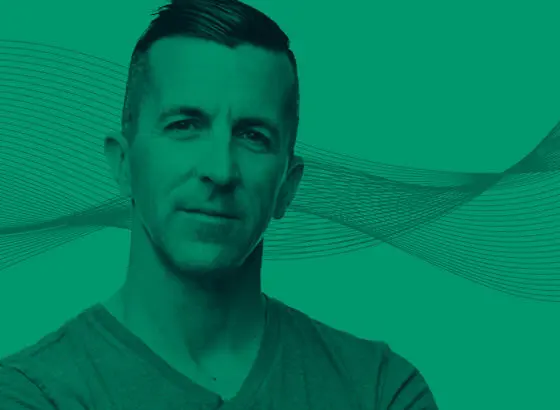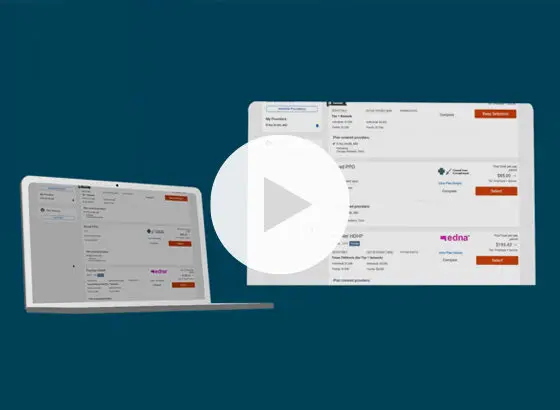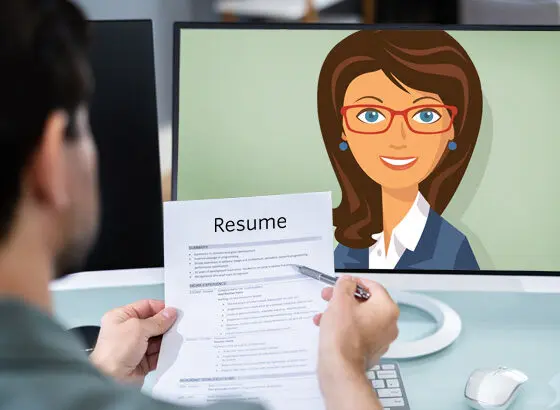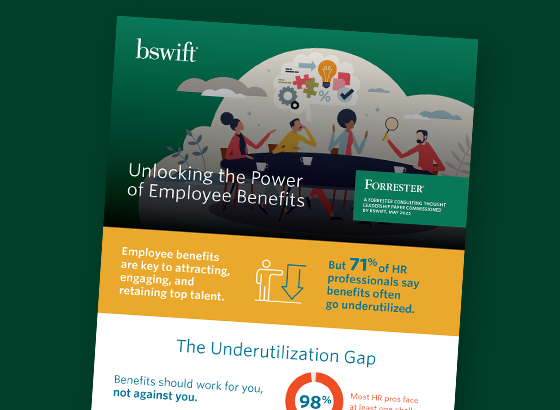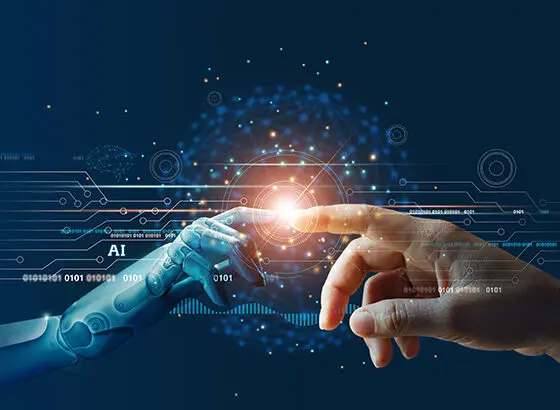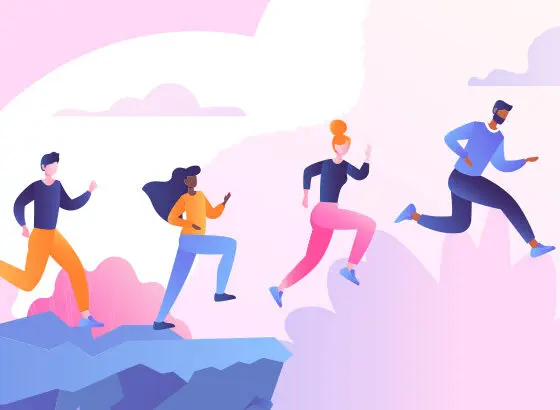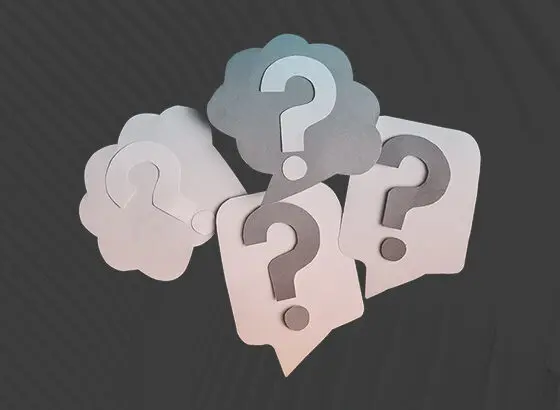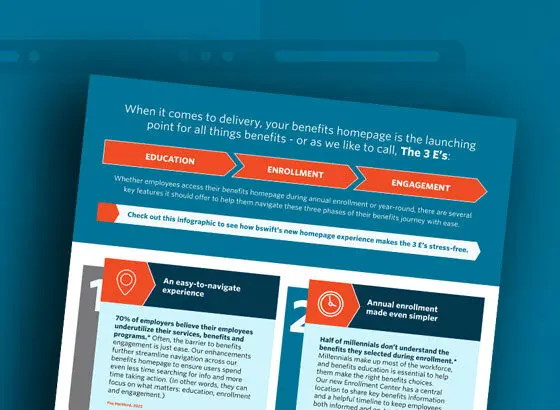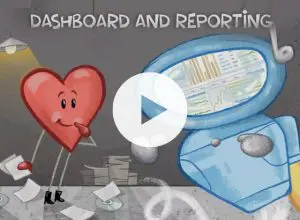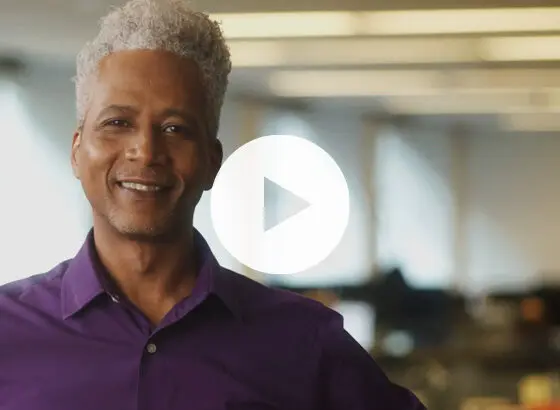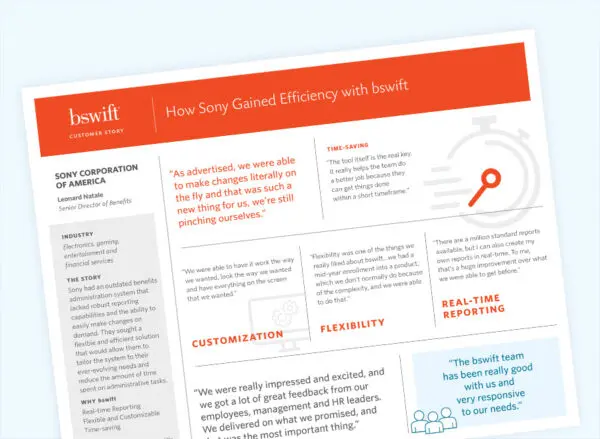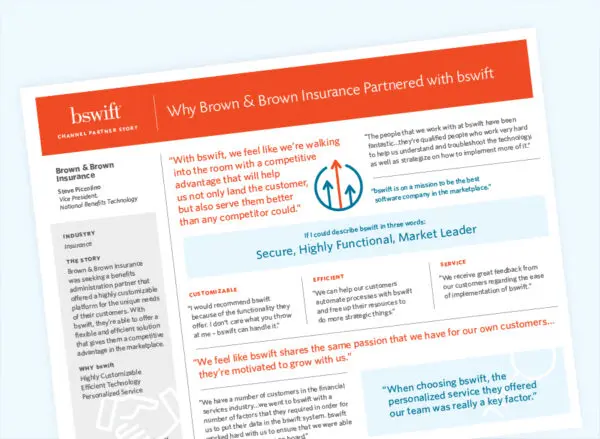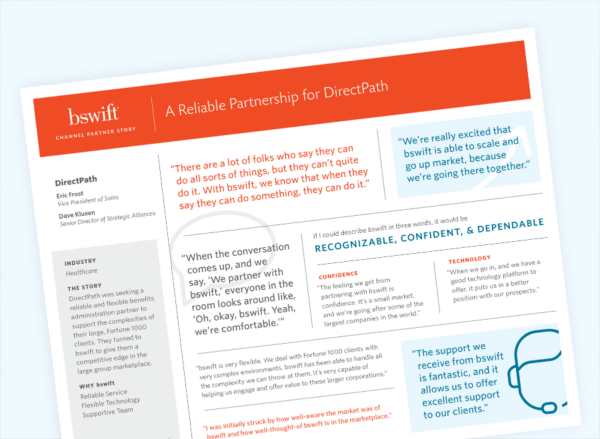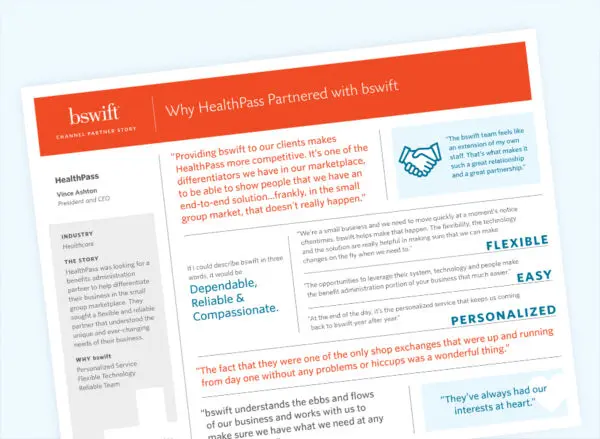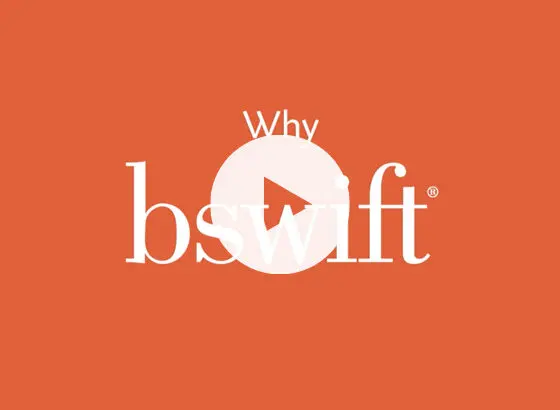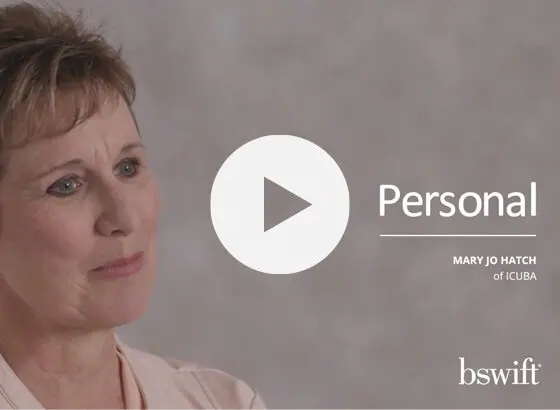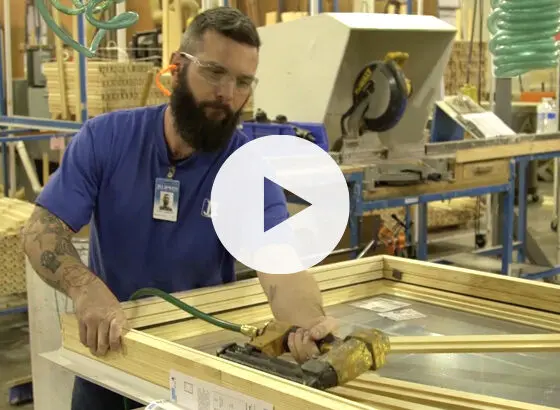AI is coming for HR. But it’s not what you think. The rise of AI has sparked a mix of excitement and apprehension. That’s why it’s important to cut through the hype and explore the actual opportunities and challenges of AI in HR.
AI promises to boost efficiency, increase productivity, and improve the employee experience. But there are also questions about unintended biases, data privacy, and legal liability.
Years ago—well before the release of OpenAI’s ChatGPT or Google’s Bard—the IBM Institute for Business Value Cognitive Computing Study revealed that 54% of HR executives believed AI would affect key roles in the HR organization. And 66% of CEOs thought it would drive significant value in HR.
Now that we’ve seen a sliver of what AI can do, there’s little doubt that these numbers have only risen since then.
Let’s look at how HR can adopt AI at work.
What does the CTO & CHRO partnership in implementing AI in HR look like?
When it comes to adopting AI in a business context, CHROs and CTOs have complementary roles. They are collaborative partners that need to work together to deliver these new tech solutions for employees.
CHROs identify the needs of employees. They look for ways to:
- Streamline administrative tasks
- Improve training
- Enhance engagement
- Take recruitment to the next level
CTOs determine the technical feasibility of these solutions. They pay special attention to:
- Data privacy
- Technical requirements
- Implementation
- Scalability
Together, they monitor the rollout and effectiveness of automated/AI tech solutions. They identify the right metrics to track and monitor progress within the context of their business.
How is AI used in the workplace today?
From chatbots and performance management to recruitment and learning and development, AI is already in the workplace. It’s only the start, but here are a few ways AI is already supporting HR functions:
- AI chatbots help with simple employee queries, freeing up HR to focus on more complex issues.
- AI is analyzes employee data and provides personalized performance feedback.
- AI helps HR compare resumes to job descriptions, identifying candidates to interview.
- AI enhances learning management systems, providing personalized training and development programs for employees.
How can AI help advance and augment your workforce?
With thoughtful implementation, AI and automation can be a game-changer for HR. Overall, it has the potential to help HR build a more efficient and effective workforce, and a more engaging HR experience. It can free HR to focus more on the human side of their work.
AI-powered chatbots can handle employee queries related to benefit administration. For instance, bswift’s Ask Emma™ is an AI-powered chatbot that handles benefits administration-related questions for employees. More than 70% of Ask Emma’s interactions take place outside of business hours. Plus, 80% of those who talk with her don’t escalate their requests to a live agent interaction.
AI can automate repetitive recruitment tasks like resume screening, parsing, and scheduling interviews. It can also identify interview questions that can give you a deeper understanding of a candidate’s experience and skills. According to the Society for Human Resource Management (SHRM), two-thirds of HR professionals say AI has already improved the time it takes to fill open positions.
And AI is, of course, adept at digesting large volumes of data. It can identify trends, patterns, and insights to help you make data-driven decisions.
What obstacles can AI present for CHROs & CTOs?
AI is not without risk. CHROs should pay special attention to the potential for unintended biases, data privacy issues, and legal liability. Right now, only 2 in 5 employers say their vendor is very transparent about the steps taken to ensure the tools protect against bias, according to SHRM.
AI systems collect and process large amounts of data. Care needs to be taken to make sure companies are complying with relevant data privacy laws. The data these systems are trained on can also introduce bias. CHROs and CTOs must ensure that AI systems are designed and trained to avoid discrimination. If one of these tools makes a mistake that harms an employee, companies could be held legally liable.
All of this to say nothing of the ethical considerations around privacy violations, the lack of transparency, and potential for job displacement. CHROs and CTOs should work closely with their organizations’ legal experts to consider these ethical implications when developing policies and procedures around AI implementation at work.
The future of HR is in AI
AI can give HR teams a big boost and help organizations as a whole. By partnering with AI, CHROs and CTOs can:
- Streamline processes, improve efficiency, and enhance employee service quality.
- Detect and mitigate risks like bias, data privacy, and legal liabilities.
- Foster a more efficient and positive workforce, ultimately enhancing the employee experience.
To do it right, it takes CHROs and CTOs working together. As partners, they can steer their company clear of potential obstacles and risks and realize the benefits of AI in HR, a more efficient and effective workforce, and better employee experience.
Get insights from a CHRO and CTO on how to effectively implement AI in HR.
Check out our recent webinar and Q&A from bswift and Chief Executive Group, How to Make AI an Essential Workforce Tool, featuring bswift CHRO Natalie Atwood and bswift CTO John Hansen.


